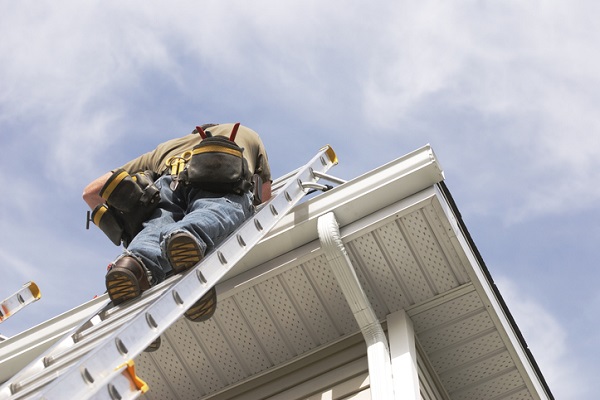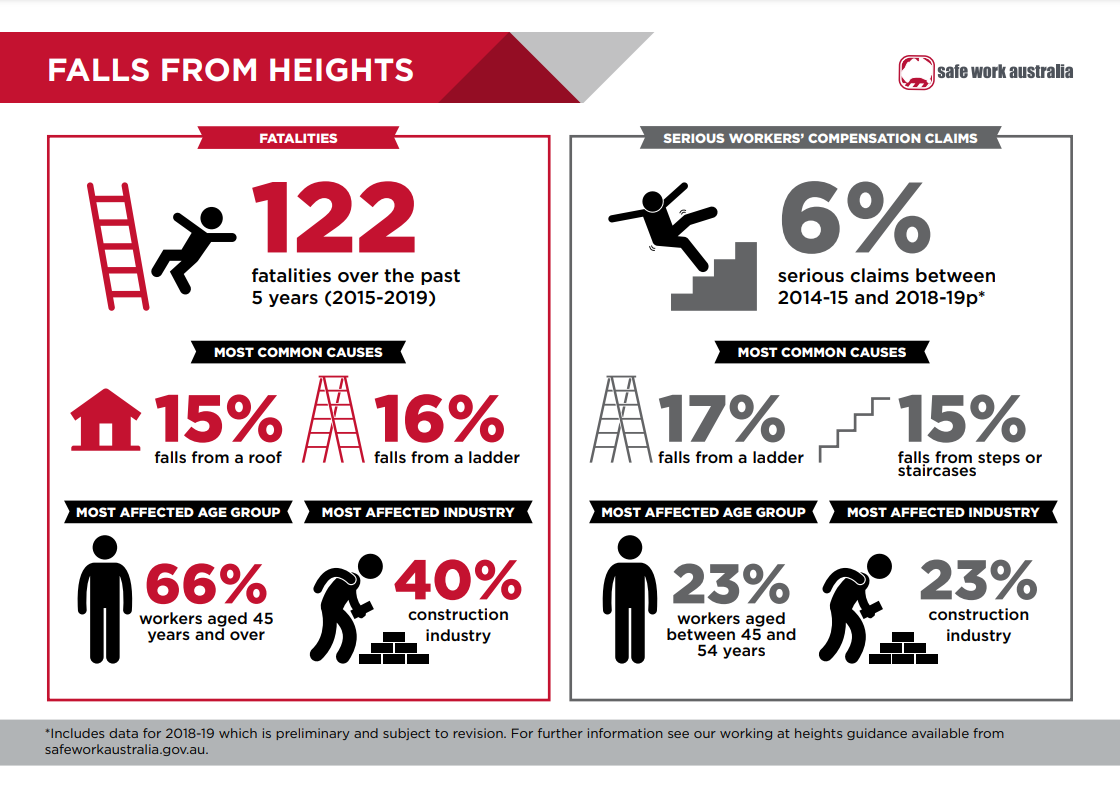Safe work at heights must start at the top
Safe Work Australia reports that there have been 122 workplace fatalities as a result of workers falling from heights, with most occurring from roofs and ladders according to its most recent reporting period.
While it’s not possible to completely eliminate falling hazards since tradies will always need to climb up heights, these risks must be controlled so the chance that someone falls is as low as possible.
ADVERTISEMENT
This is not as simple as choosing a preferred means to prevent someone falling, such as choosing an Elevating Work Platform (EWP) or a platform ladder. In order to comply with the Occupational Health & Safety Regulations (OHS Regulations) in Victoria, for example, employers and work groups must select the highest level of risk controls as is reasonably practicable, as the primary control, in conjunction with any lower-level controls that may be applied or are otherwise mandatory.
The performance of these control measures also must be monitored and reviewed to ensure new hazards are not introduced, or if controls continue to be the most effective available if circumstances on site change.
The following five levels of risk controls to eliminate or reduce the risk of a person falling must be assessed and implemented on a priority basis starting from the top down, prior to commencing any work where there’s a risk of falling more than 2m:
Level 1: Eliminate the risk
Level 2: Passive fall prevention
Level 3: Work positioning systems
Level 4: Fall arrest systems
Level 5: Administration controls & fixed or portable ladder
-
ADVERTISEMENT
-
ADVERTISEMENT



